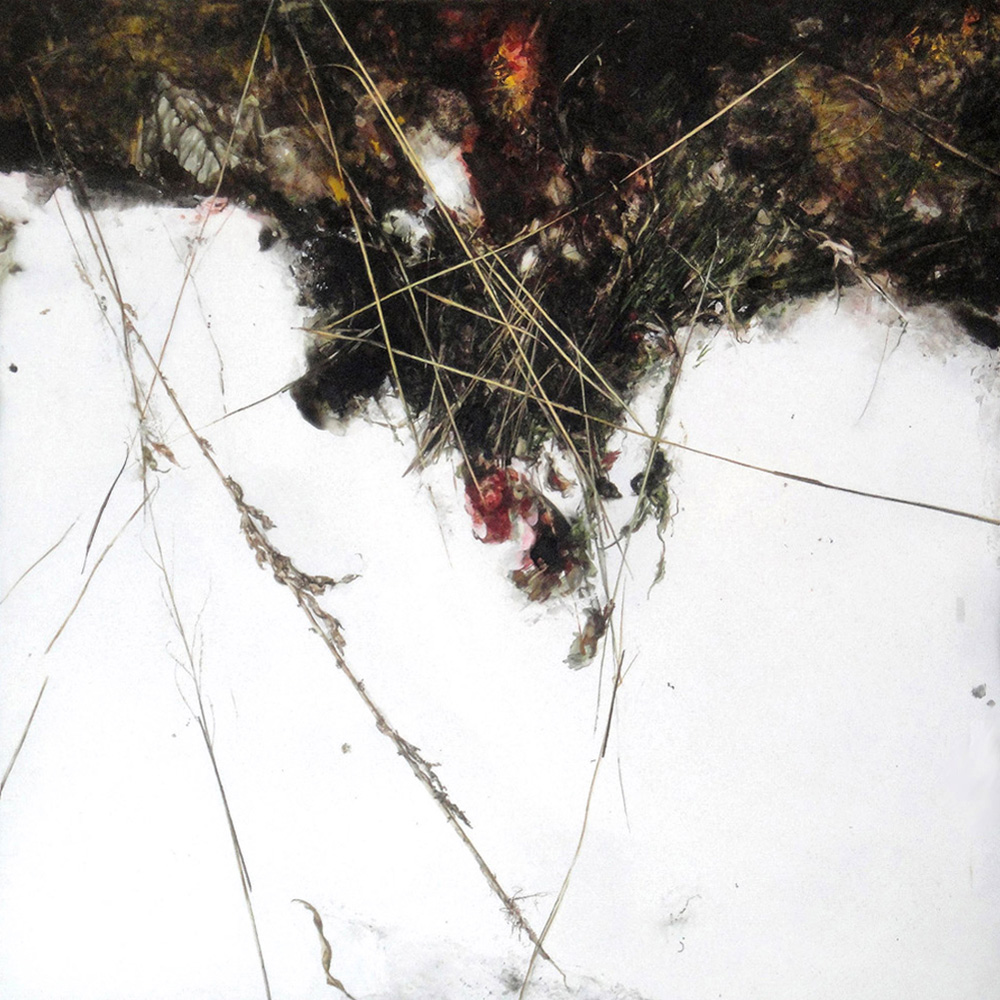Artwork Description
Igor Melnikov – Spring
Dimensions: 48.5 x 48.5″ framed / 48 x 48″ unframed
Year: 2016
Medium: acrylic on panel
Igor Melnikov’s acrylic on panel work, Spring, exhibits the artist’s fascination with the natural world; with its loose formality and simple color palette, Melnikov’s representative landscape suggests a world simultaneously ageless and untouched by human influence. The work encourages a layered viewing process, whereby the audience’s eyes are both easily led around the work due to its simple subject matter, and drawn in through Melnikov’s rich texturing and subtle manipulations of shade. In the same way that his children’s expressions are often indecipherable, the work’s landscape cannot be tied to a specific season or physical location.
Igor Melnikov’s works center about processes of discovery and development. After learning that the black and white images of old master works he looked at as a child were painted in color, Melnikov has oriented his work to allow viewers to attach meaning to the otherwise simple scenes. Many of his paintings portray landscapes and young children—subjects which allow viewers to adapt his visual language into individual understandings. This approach complicates traditional associations between children and innocence, suggesting that Melnikov’s subjects are at once dynamic and open to a broad range of interpretations. Melnikov’s work also focuses on emotion—reworking feelings such as tragedy and happiness. He believes the two coexist, where allowing oneself to experience happiness inexorably makes one vulnerable to tragedy. Within this, Melnikov does not define happiness as mere pleasure; rather, it is something which demands attributes such as courage and touches on wider themes including freedom, dignity, and consciousness. Melnikov’s paintings are collage-like, yet not in the traditional, material sense of the process—instead layering his own psychological explorations onto his understandings of the human condition. While his muted color palettes might appear reductive, they instead focus viewers’ attention on the figures within the work and encourage thorough readings of the detailing that remains visually available.
By Keira Seidenberg, Art History/Gender Studies student, McGill University

